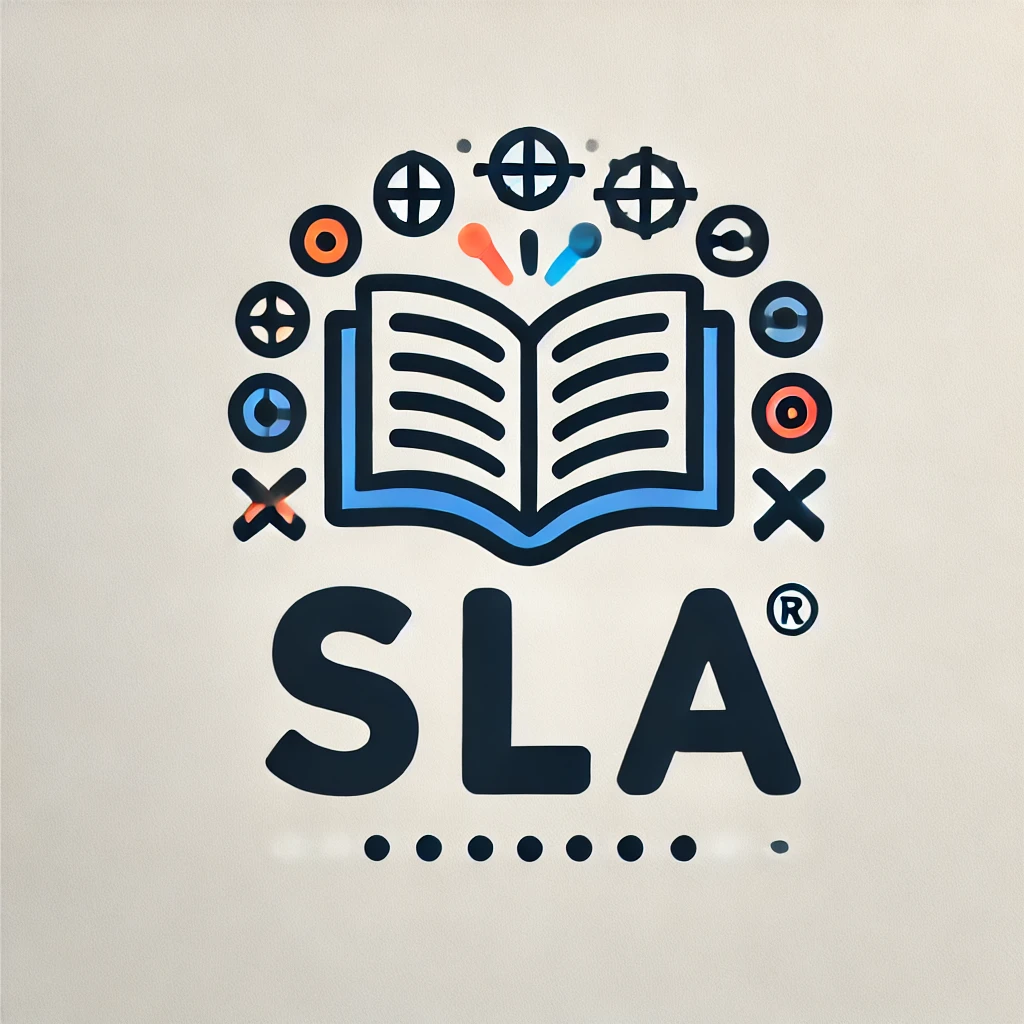Introduction: How Does Culture Impact Language Proficiency?
Have you ever wondered how culture can affect your ability to learn a new language? In this article, we will explore the intricate relationship between culture and language proficiency. Understanding this dynamic can help you navigate the complexities of language learning more effectively.
What is Culture?
Let’s start by defining what culture actually means. Culture encompasses a wide range of elements, including beliefs, customs, traditions, arts, and social interactions. It shapes the way we perceive the world around us and influences our behavior and communication patterns.
How Does Culture Influence Language Proficiency?
Culture and language are deeply interconnected. The cultural context in which a language is spoken can significantly impact your ability to grasp its nuances and complexities. For example, the way concepts are expressed in one culture may not have a direct translation in another culture, making it challenging for language learners to fully understand and communicate effectively.
Cultural Factors Affecting Language Proficiency
Now, let’s delve into the specific cultural factors that can influence your language proficiency.
1. Cultural Norms and Values
Cultural norms and values play a crucial role in shaping language use. For instance, in some cultures, direct communication is preferred, while in others, indirect communication is the norm. This can impact how language is spoken and understood within a cultural context.
2. Social Hierarchies
Social hierarchies within a culture can also impact language proficiency. In cultures where hierarchical relationships are emphasized, language is used differently depending on the status and social position of the speakers. This can pose challenges for language learners trying to navigate these complex social dynamics.
3. Cultural Expressions and Idioms
Each culture has its own unique expressions and idioms that may not have direct translations in other languages. Understanding these cultural nuances is essential for achieving fluency in a language. Learning idiomatic expressions can also help you connect more deeply with native speakers and communicate more effectively.
Strategies for Overcoming Cultural Barriers in Language Learning
Navigating cultural barriers in language learning can be challenging, but there are strategies you can use to overcome these obstacles and enhance your language proficiency.
1. Immerse Yourself in the Culture
One of the most effective ways to overcome cultural barriers in language learning is to immerse yourself in the culture of the language you are studying. This can involve participating in cultural events, consuming media in the language, and interacting with native speakers. By immersing yourself in the culture, you can gain a deeper understanding of the language and its nuances.
2. Develop Cultural Sensitivity
Developing cultural sensitivity is key to overcoming cultural barriers in language learning. This involves being open-minded, non-judgmental, and respectful of different cultural practices and beliefs. By developing cultural sensitivity, you can better navigate the cultural nuances of a language and communicate more effectively with native speakers.
3. Practice Active Listening
Active listening is essential for overcoming cultural barriers in language learning. By actively listening to native speakers and paying attention to their cultural cues, you can better understand the nuances of the language and adapt your communication style accordingly. Practice active listening consistently to improve your language proficiency and cultural awareness.
The Role of Culture in Language Education
Culture plays a significant role in language education, influencing both teaching and learning practices. Educators must be aware of the cultural factors that can impact language proficiency and tailor their teaching strategies accordingly.
Cultural Relevance in Language Teaching
Incorporating cultural relevance into language teaching is essential for helping students connect with the language on a deeper level. By integrating cultural elements into language lessons, educators can enhance students’ understanding of the language and its cultural context. This can make language learning more engaging and effective for students.
Cultural Competency for Language Learners
Cultural competency is crucial for language learners to succeed in their language education. By developing cultural competency, learners can understand the cultural nuances of the language they are studying and communicate more effectively with native speakers. Cultural competency also promotes intercultural communication and understanding, fostering a more inclusive and global perspective.
Conclusion
In conclusion, culture plays a vital role in language proficiency, influencing the way we learn, understand, and communicate in languages. By understanding the influence of culture on language proficiency, you can enhance your language learning experience and develop a deeper appreciation for the complexities of language and culture. Embrace cultural diversity, practice active listening, and immerse yourself in the culture of the language you are studying to overcome cultural barriers and achieve greater language proficiency.
